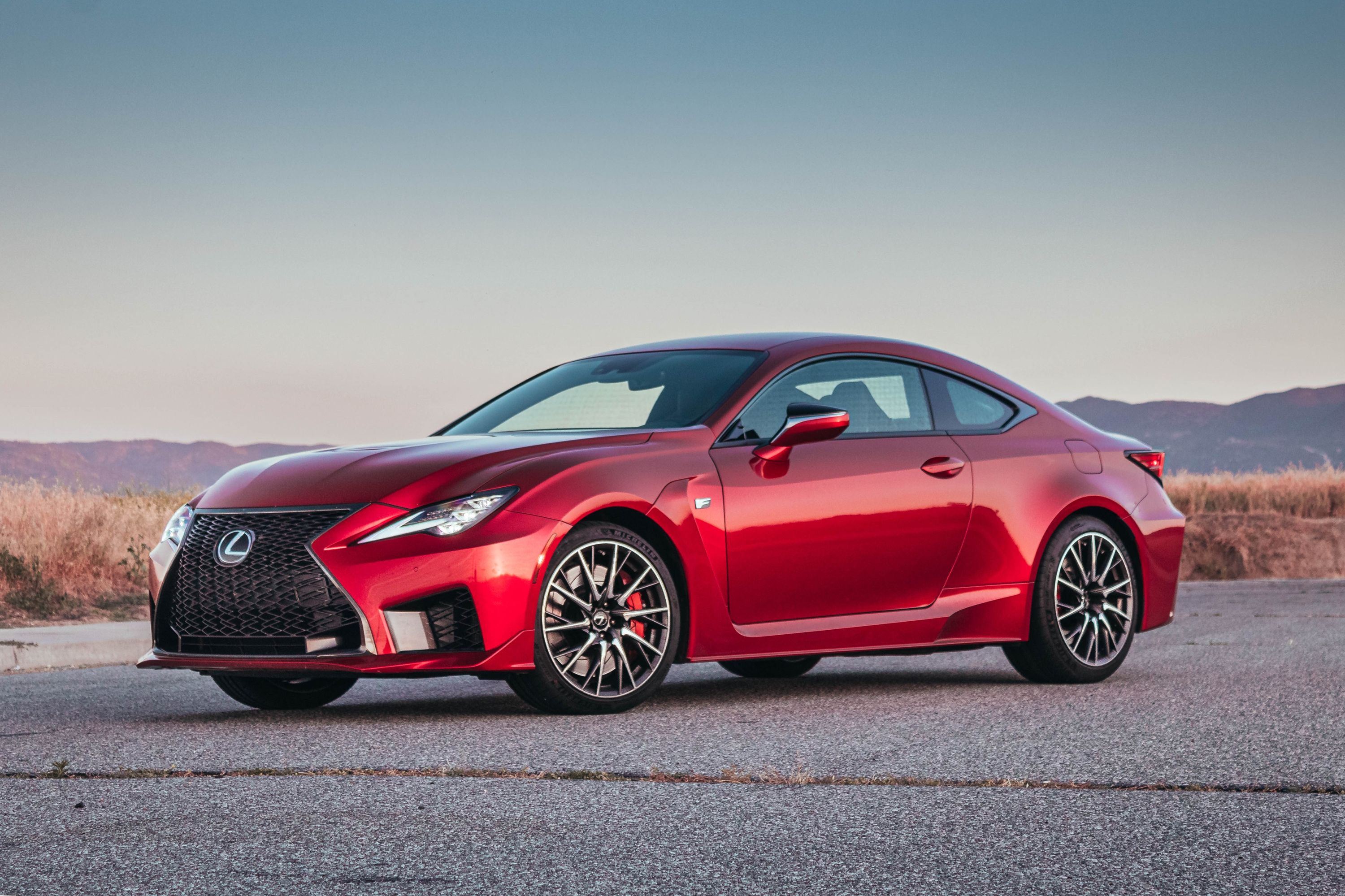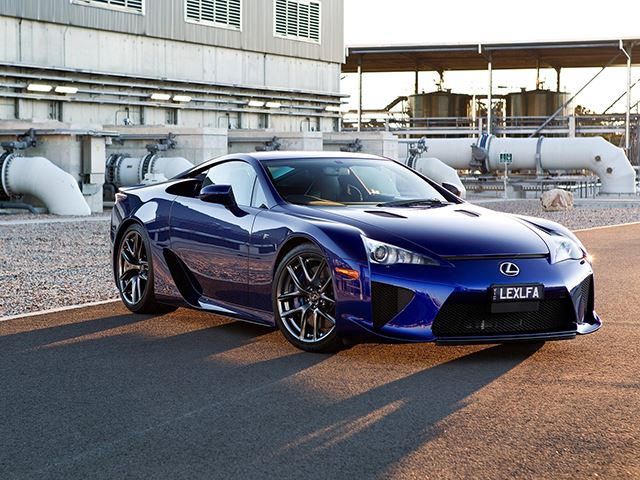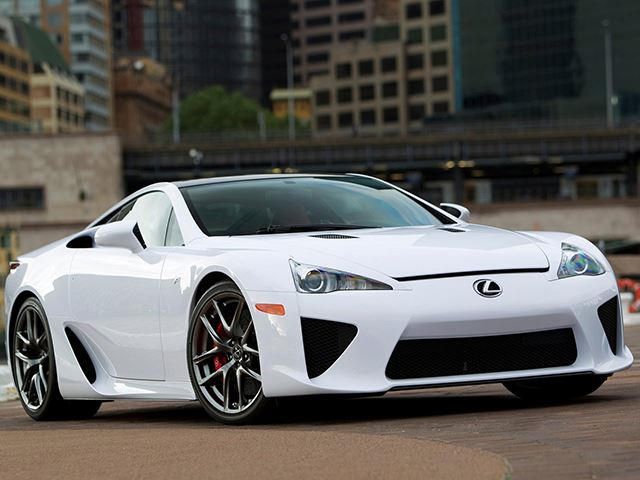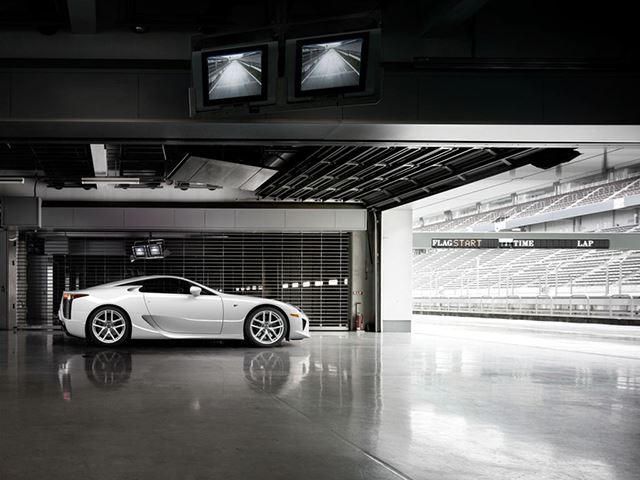
Advanced technological machines have always been a source of pride and joy for a country. It shows the world that they are capable of flexing their muscles to create something on the cutting edge that will push humanity forward. Russia was the first to put an artificial satellite into the skies, and twelve years later, the first man walked on the moon. This had the consequence of fueling Cold War tensions, but while that battle has been frozen for some time, the supercar war is still red hot.
When the Lexus LFA debuted in 2010, the engineers had already been at work on the car since 2000. If engineers at Ford could build a supercar in two years, why did it take Lexus so long? The answer lies in the chassis. At first, Lexus had planned to build the car out of aluminum, but once the car was nearly complete in 2005, Lexus decided to scrap everything and start fresh with the goal of building the car around a carbon fiber tub. This undertaking was also used as an opportunity to redo the exterior and make the car more modern and aerodynamic. Even the side mirrors are used to direct the passing air into the air intakes. The delays made it evident that Lexus wanted to get the car just right and would stop at nothing to do so.
When the car finally made it to the garages of lucky owners, its port-injected engine was technically outdated compared to the standard direct-injection setup of the day. Did customers feel any hint of the age? Not a chance. In fact, the 4.8-liter V10 seemed so modern that it blew away most other supercars in terms of noise, drama, and power. Not that the LFA's 553 horsepower was anything outrageous, it was the way it arrived to that power level that was impressive. A large V10 might sound like something that would weigh down the car, but it weighs less than a Toyota 3.5-liter V6 while making twice the power. The lightness of the engine means less inertia, which translates to an ability to rev from idle to the 9,000 RPM redline in 0.6 seconds.
No analogue tachometer could handle that kind of acceleration, so a digital one was used instead. So what does one do with an engine that can motivate a 3,559-pound car from 0-60 mph in 3.6 seconds? Use it to help the car go around corners too. To do this, a dry sump oil system keeps the engine low within the car while feeding it with lifeblood when going around corners. This apparently wasn't obsessive enough for Lexus, so engineers stuffed the washer fluid container near the fuel tank to keep the center of gravity low and closer to the center of the car for better handling. With all of this obsessive compulsive thinking going into the car, you'd probably think it sounds amazing.
And you'd be right, because somewhere during the ten-year development, the engineers at Lexus teamed with Yamaha to tune the exhaust. Not the Yamaha division that makes superbikes, the Yamaha that creates high-end musical instruments. This gave the LFA a unique high-pitched noise like an F1 car, or in Jeremy Clarkson speak, like a wild animal that's sad about something. Sadly, all of that time engineers spent in development only spawned 500 road going versions of the LFA. Given the investment on Lexus' part (however you say Lexus in a plural form), the cost to add one of these to your car collection was a steep $375,000 when new. At least you'll be able to say that you have one of the most advanced engines in the auto industry.



